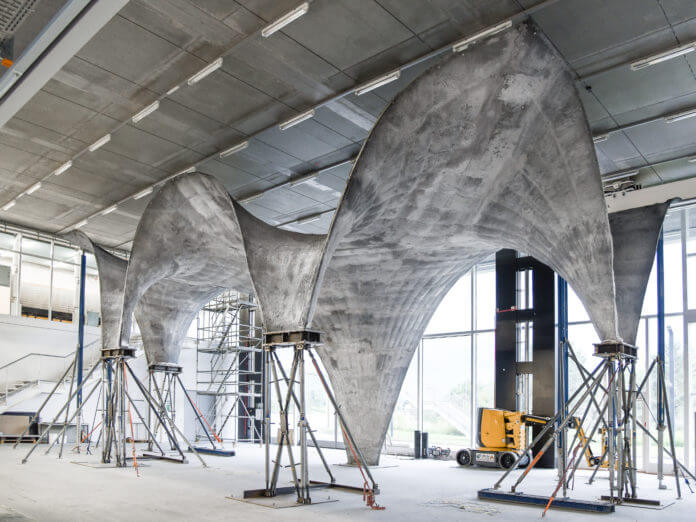Cyclical energy crises and the increase in fuel prices are making alternative energy sources more and more popular and desirable. The solar energy market seems to know no crisis and is expected to grow in the next few years. Solar is one of the most widely used renewable energy sources as it offers many benefits to both domestic residents and businesses.
Solar energy technologies convert sunlight into energy through photovoltaic (PV) panels. This energy is often used for food companies, commercial buildings, stadiums and farms.
Solar technologies themselves continue to evolve. This also applies to research and development of materials. Solar concrete, also called photovoltaic concrete, is one of the newest of these.
The two main obstacles preventing a more widespread adoption of solar energy are the appearance and price of solar panels, that is to say the look of solar panels and the costs associated with their installation.
To overcome the challenges of the appearance and price of solar panels, industries, manufacturers and researchers are trying to create more aesthetically pleasing and cost-effective photovoltaic systems. This is where solar concrete comes into play.
Solar concrete is a new type of concrete designed to generate electricity by converting sunlight into energy. For the conversion to happen, this technology uses a semiconductor process, which functions similarly to the way solar panels convert sunlight into energy.
There are currently several development fronts for this new type of material. A Swiss company and a German company have already presented their projects — their building prototypes. Projects have focused on developing a photovoltaic coating that would allow buildings to generate approximately double the amount of energy produced by traditional solar panels.
In another project, researchers from the Swiss Federal Institute of Technology in Zurich used photovoltaic concrete to make a prototype roof.

Yet another project involves the Centro de Capacitación Eléctrica y Energías Alternas of Mexico. A new type of modified concrete, developed by a group of scientists led by the Istituto Politécnico Nacional, has proved capable of producing electricity.
All these projects are still in an experimental stage and, as solar concrete is still an emerging technology, it is not yet known how much its installation could cost. The primary benefit of solar PV concrete would obviously be to provide significant energy cost savings for individuals and businesses.
Although we are still at an early stage, there are hopeful signs. We observe carefully.